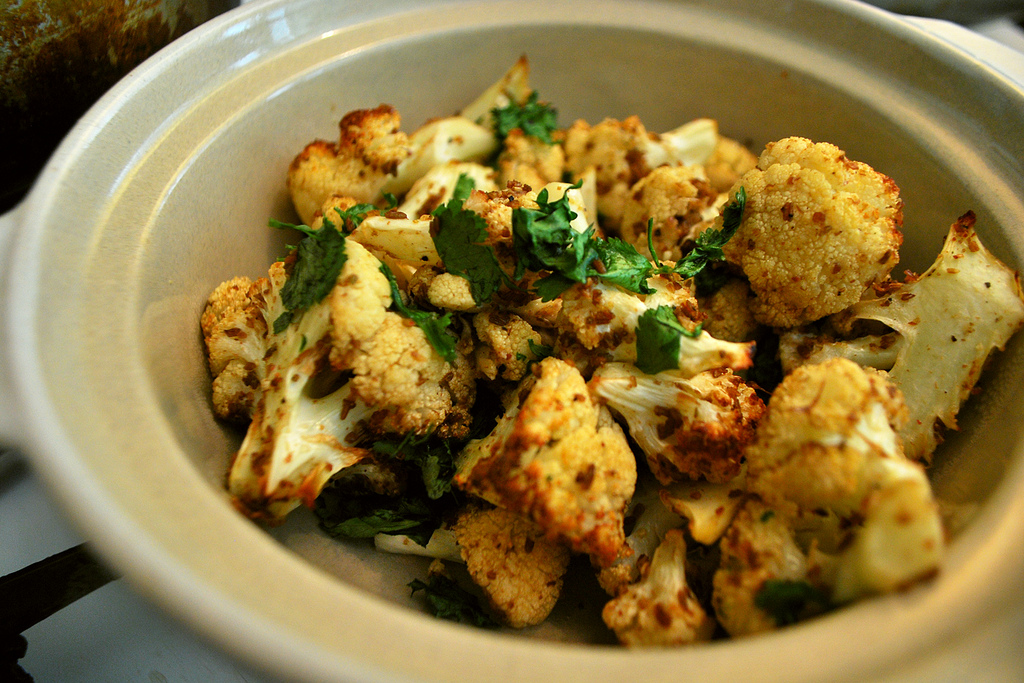It’s in the Bag
Diabetes is a group of diseases characterized by high glucose levels caused by insufficient production of insulin. That’s a fairly simple definition for a disease that is not simple to treat.
In general, and that’s all we can deal with in a short article, a balanced diet is a good starting point. Diabetics have to eat proteins, fats, and carbohydrates that keep the body as close to a natural balance as possible. Diet, exercise, and medicine (if you need it), help you attain the goal. But you may ask yourself, “What about the other people in my family?” If you make “diabetic meals” what can they eat? The same thing you do!
A diabetic diet will work for most of us. It’s balanced and calorie-controlled. Fats should not be saturated. Proteins should be low in fat and ideal carbohydrates include plenty of whole grains. Without getting too complicated, we can all eat healthy and cut calories. There are no restrictions on flavor and people who need more calories can have larger servings.
Here are few suggestions from The American Diabetes Association.
- Eat a rainbow of colors of fruit and vegetables.
- Have non-starchy vegetables (spinach, carrots, broccoli, green beans) with your meals.
- Choose whole grain foods over more refined ones – brown rice instead of white, whole grain pasta instead of white.
- Use dried beans and lentils often.
- Have fish two to three times a week.
- Look for “loin” in the name of your meats—sirloin, pork loin—These are lean cuts.
- Strip the skin off poultry.
- Choose non-fat dairy products.
- Choose water and calorie-free diet drinks over sugar-laden sodas and sweet tea.
- Cut back on high calories snacks such as cookies, chips, and full-fat ice cream.
The American Diabetes Association also has a list of 10 super foods: beans, dark green leafy vegetables, citrus fruits, sweet potatoes, berries, tomatoes, fish high in omega-3 fatty acids, whole grains, nuts, fat-free milk, and yogurt.
Now that you have some ideas, let’s look at specifics:
Idea #1: You like cookies. Okay, most of us like cookies. Make tiny cookies from a low-fat, low-sugar recipe, about one-quarter the size of a regular cookie. Nibble three slowly instead of one regular size. You saved 25 percent.
Idea #2: Make mashed potatoes with non-fat chicken stock instead of butter and cream. Sprinkle in herbs and a little garlic powder (not garlic salt) for more punch.
Idea #3: Hot sauce has virtually no calories and wakes up your mouth. Splash some on an omelet made with one whole egg and two whites. Fried onion and green pepper help, too.
Idea #4: Pound chicken breasts in plastic wrap to make servings look larger.
Idea #5: Instead of frying fish, poach it in flavored water.
Idea #6: Check the labels in the bread aisle. One slice of whole wheat can go from 50 to more than 100 calories. Use the least calorific. Toast it to give the bread texture for open faced sandwiches.
Idea #7: Look for flavored waters in the soda section. Read the labels.
Now, try this simple side dish everyone in the family should like:
Garlic Cauliflower
1 small cauliflower
1 tablespoon olive oil
2 cloves garlic, minced
Sesame seeds to taste
Paprika and pepper to taste
Preparation
Boil cauliflower florets 2 minutes. Drain. Pour olive oil in a skillet and brown garlic over medium heat. Add cauliflower and sesame seeds. Stir-fry for two minutes. Dust with paprika and pepper.
Check with your doctor and registered dietitian before making changes in diet and exercise. For more information, recipes and cookbooks, go to www.diabetes.org.
CREDITS
story by TRENT ROWE, Food Editor
